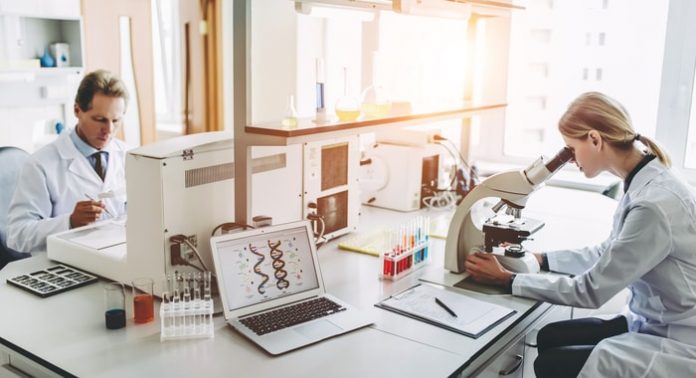
The global lab equipment market has significantly grown in the last few years and will continue to see exponential growth. By 2021, the market is projected to reach USD 11.51 Billion, a significant increase in value from 2016 that came in at USD 6.50 Billion. During the forecast period, the CAGR comes in at 10.0%.
There are a number of factors that drive the growth of the lab equipment market. The research and performance that is done by biobanks, hospitals, pharmacies, and laboratories all depend on lab equipment to preserve research, discover new care deliverables, and deliver quality care to patients. There is an overall increase in the use of laboratory equipment. In part, due to the amount of widespread disease that our world is facing today, as well as a growing demand for diagnosis and treatment of diseases that directly require more quality research in addition to what we are already doing today. All of the above entails the use of lab equipment, driving the market to even greater value. The market is segmented into North America, Europe, Asia and the Rest of the World (RoW). North America is continuously expected to dominate the market, and due to Asia’s driving pharma and biotech efforts, cost advantage, and a skilled workforce, it will continue to be a large player.
The lab equipment market involves service type, equipment type, service contract, service provider, end user, and regions. A number of businesses and lab equipment products are involved in the market. A few standout players in the lab equipment market include Agilent Technologies (U.S.), Thermo Fisher Scientific Inc. (U.S.), Mindray Medical International Limited (China), and Danaher Corporation (U.S.). Due to the number of lab equipment offerings and the unique requirements for different focuses, there is also a number of companies that highly specialize in the production of specific equipment, like Della Marca for example, which is mainly dedicated to the growth chamber segment. Common lab equipment products used for clinical, diagnostic, cell culture, and bioproduction include: safety goggles and safety equipment, test tubes, watch glasses, funnels, graduated cylinder, droppers, pipettes, burets, thermometers, Bunsen burners, balances, Erlenmeyer flasks, Florence flasks, and beakers. There are also laboratory refrigerators, laboratory freezers, laboratory fridge-freezers, laboratory dryers and ovens, spark-free laboratory refrigerators, and vapor extraction systems. As we can see, laboratory equipment ranges from standard products that are found in most scientific centers, as well as specialized equipment that meet a specific need. Each product enables work to be completed in better time with improved information quality and a greater process scope.
The growth of the market is expected to last even longer than the next three years, following the global demand to support medical facilities and labs in their continued efforts.











